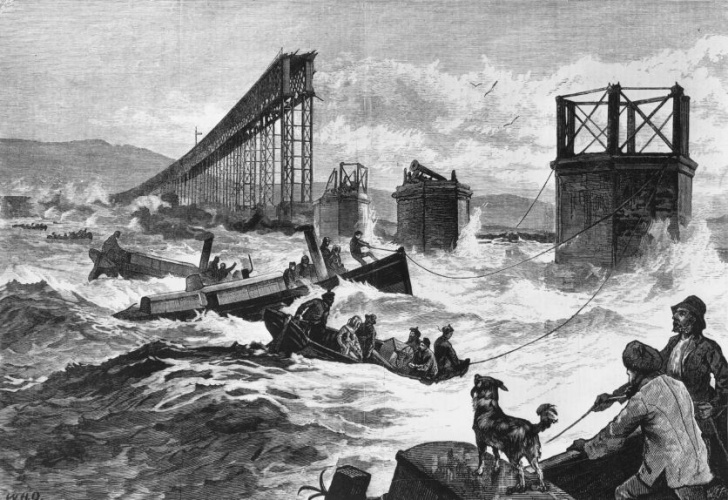Six archive snapshots from the history of bridges
The Engineer recently revisited some of the finest tunnelling achievements to grace its pages down through the years, and this week we bring you a collection of articles where the focus is another engineering mainstay: bridges.
From iconic spans in some of the world’s greatest cities to Victorian plans for crossing the Channel, the history of bridges has been captured in the publication since its earliest days. Naturally, The Engineer has also had a responsibility to report on bridging failures, and these too have achieved prominence in the archive over the decades. And it is, unfortunately, with an infamous bridge disaster that we begin our journey.

The collapse of the Tay Bridge in late December 1879 occurred as a train was crossing in the midst of a violent storm. Sir Thomas Bauch, the engineer behind the bridge, is believed to have omitted any leeway for wind loading in its design. Gusts on the night are thought to have reached around 80mph, ultimately causing the cast iron structure to fail. Up to 75 people are estimated to have lost their lives though only 46 bodies were recovered. Bauch died within a year of the tragedy and his proposed design for the Forth Bridge was consigned forever to the drawing board.
Register now to continue reading
Thanks for visiting The Engineer. You’ve now reached your monthly limit of premium content. Register for free to unlock unlimited access to all of our premium content, as well as the latest technology news, industry opinion and special reports.
Benefits of registering
-
In-depth insights and coverage of key emerging trends
-
Unrestricted access to special reports throughout the year
-
Daily technology news delivered straight to your inbox











Water Sector Talent Exodus Could Cripple The Sector
Maybe if things are essential for the running of a country and we want to pay a fair price we should be running these utilities on a not for profit...